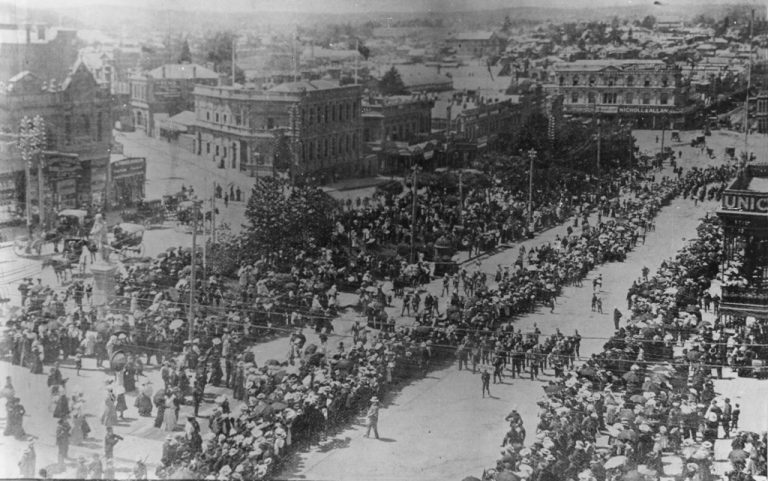
1901
The Victorian Band Association is formed to manage the overwhelming interest in the Band contests, and thousands of avid South Street supporters travel by stream train from Melbourne to Ballarat to watch the competitions –an eight hour round trip.
1902
Peter Dawson wins the Bass Solo section in South Street’s Senior Vocal Contest and goes onto international fame, singing at Covent Garden and touring Australia with another South Street diva, Amy Castles. It was Dawson’s version of Waltzing Matilda’ that catapulted our unofficial national anthem to fame in 1938, after which versions came ‘thick and thin.’
(Watch Peter Dawson’s Waltzing Matilda)
Future Prime Minister James Scullin also makes his mark by taking out a first in the senior debating competition.
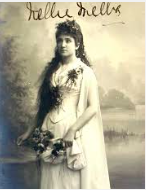
1902
Crowds line Lydiard Street to witness the return of Dame Nellie Melba from Europe, while the well-heeled were fortunate enough to purchase tickets attend her performance at Her Majesty’s Theatre.
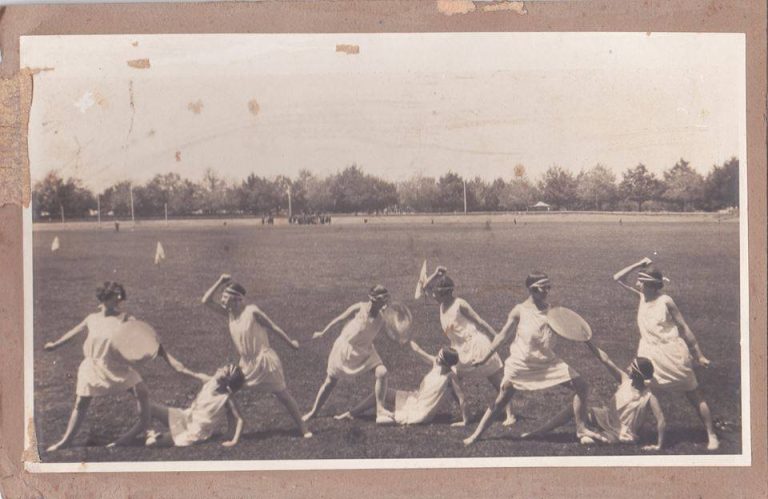
1903
Calisthenics becomes an integral part of South Street and remains a uniquely Australian sport, having originated in Victoria in the 1800s during the gold rush.
Entries continue to flow in, with 1000 people participating in the literary and elocution sections and another 1500 competing in the vocal and instrumental sections.
Alfred Deakin, one of South Street’s keenest supporters, becomes Australia’s second Prime Minister.

1906
A Grand Opera Contest is included in the Eisteddfod for the first time, with prizes presented by Dame Nellie Melba
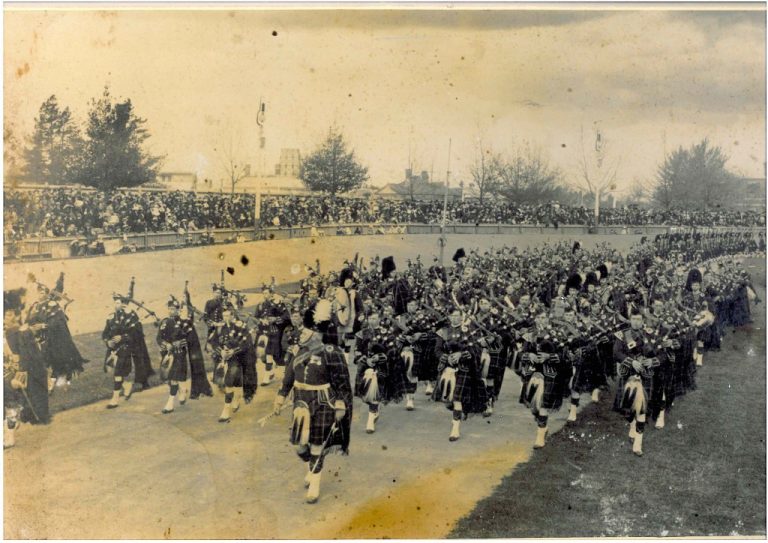
1907
The Highland Pipe Band contest is introduced as part of the competitions while the Factory Choral competition attracts entries from Ballarat and Geelong as businesses vie for musical honours.
Bernard Heinze wins the under 13 and 15 violin solos and after studying at the Royal College of Music, returns in 1923 as a South Street adjudicator. Knighted in 1949, his career as a conductor, professor of music, music advisor to the ABC, and trustee of the Sydney Opera House saw Heinze rise to become one of the dominant musical figures in Australia.
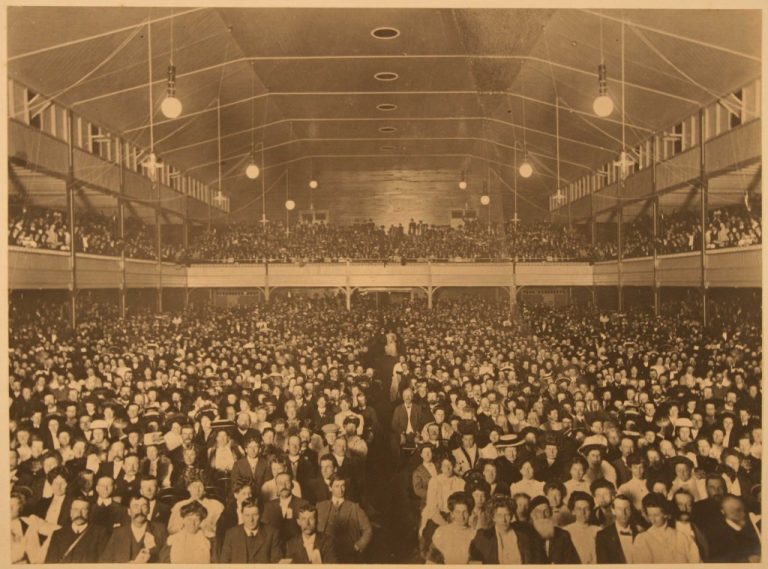
1908
With the purchase of Rennie’s Livery Stables, South Street Society builds a new hall on the corner of Grenville and Little Bridge Street in a space of just 77 days. Two months later, a huge crowd packs the Coliseum hall to witness ‘a splendid Firms and Factory Choral Contest.’
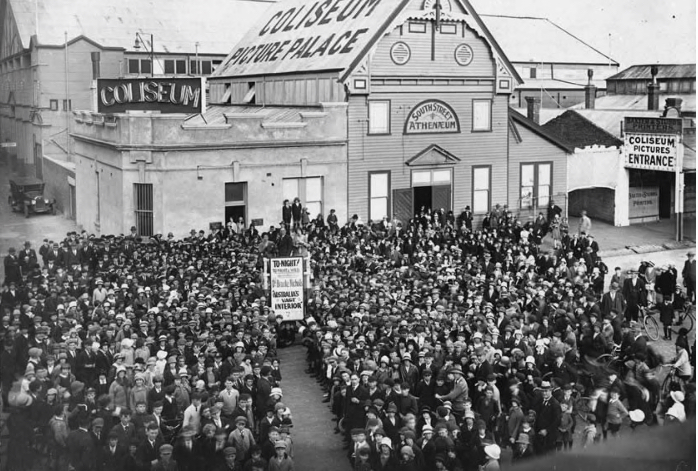
1909
Dame Nellie performs at the Coliseum and founder of South Street, W D Hill, becomes mayor of Ballarat City.
With its capacity to house 8000 people, the Coliseum becomes the home of all things entertainment from mayoral balls, music, film and skating!
1909
Amateur boxing and wrestling contests are held at the Coliseum and the President’s wife is ‘relieved of finding entertainment for the ladies of visiting choirs.’
Ballarat High School opens and is one of the first purpose build agricultural high schools and first government secondary schools in the state.
